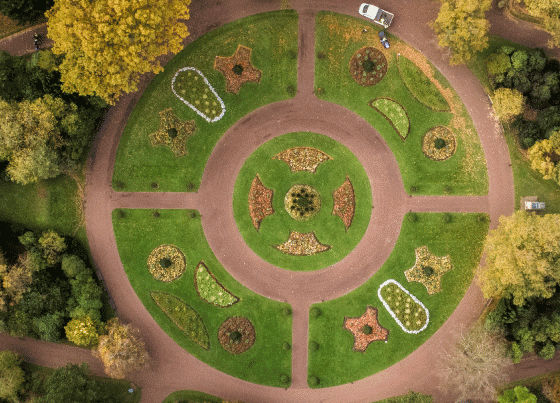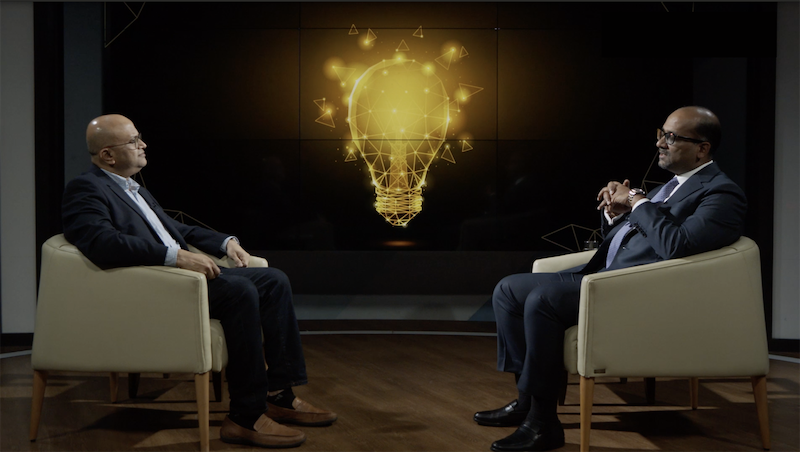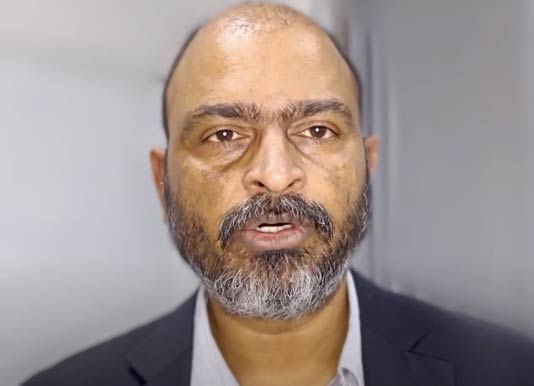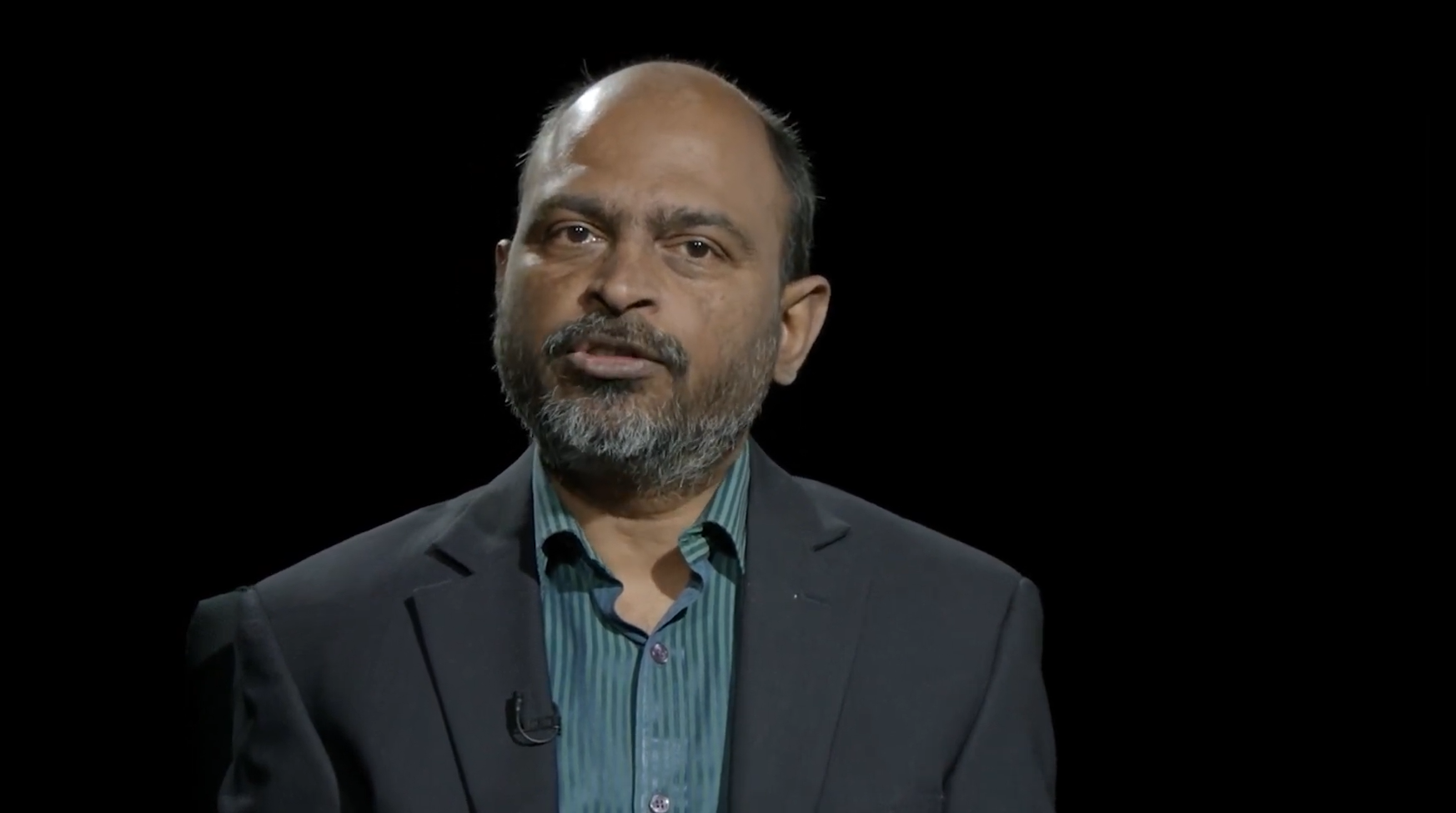Sustainability is no longer just one of the goals that countries and organisations need to tick off. The world is shifting. There has been an increasing global commitment to reduce emissions, invest in carbon offsetting, decarbonise value chains and accelerate the transition to carbon neutrality or net-zero (carbon emissions), as it is more commonly referred to.
As per the Glasgow Climate Pact, the 2020s is to be a decade of climate action, and more and more countries are joining this global transition towards a green economy, making policies that further the 2015 Paris Agreement’s agenda of reducing Green House Gas emissions, with the eventual goal of limiting the rise in global average temperature to 1.5 degrees.
One of the primary focus areas for decarbonisation efforts, across economies, has been the energy sector. Extending sustainable energy and shifting away from emissions-intensive processes and products - phasing out fossil fuels, tapping into low-emissions energy carriers such as hydrogen, increasing energy efficiency, and adopting circular resources.
As per NITI Aayog data, India is not only the world’s third-largest energy consumer, but its energy sector contributes to approximately 75% of the country’s total emissions. In 2021, at the last session of the Conference of the Parties (COP 26), India committed to achieving net zero by 2070 and put forth a climate action plan that addresses this through its targets for 2030.
- To increase non-fossil fuel energy capacity to 500 GW.
- To meet 50% of the country’s energy requirements through renewable energy.
- To reduce the projected carbon emissions for this decade by 1 billion tonnes.
- To bring down the economy’s carbon intensity to under 45 %.
However, energy consumption is inextricably linked to business and economic development. The challenge then is to achieve economic growth, with minimal negative impact.
Amongst all the approaches to pursuing sustainable growth, the two that seem to be steadily gaining support are energy efficiency and circular economy models. There seems to be growing consensus on the possibility of finding the answer in technology adoption and behavioural change.
According to the World Economic Forum, energy efficiency and resource efficiency are indeed the largest contributors to the solution. They suggest that 55% of the global emissions can be tackled by adopting renewable energy sources and energy efficiency measures, and the remaining 45% can be addressed through circular economy strategies.
Digitisation for Energy Efficiency
In pursuance of its COP26 goal of boosting renewable energy and reducing the economy’s carbon intensity, the Government of India launched the Green Energy Corridors Project with an initial budget of Rs. 34,141 crores, to integrate renewable energy capacity into the existing power grid infrastructure.
Aggregation of distributed energy sources to create a decentralised energy production, storage and transmission system that can bring even renewable microgrids into the fold of the central grid, will require digitisation at scale.
According to research by Piotr F. Borowski, building decentralised systems to deal with distributed energy generation by leveraging blockchain and digital twins will not only improve efficiencies through enhanced measurement and control but the enabling of automated digital transactions and dynamic demand management will lead to a recalibration of the energy market. Creating an ecosystem where consumers turn into prosumers, with the ability to generate energy, not just to meet their own needs but to even trade their micro surpluses on the energy market, the impact of which will cascade into socio-economic benefits.
While blockchain enhances transactional decentralisation, digital twins – virtual replicas of a physical object, in this case, the energy infrastructure - enable the development and maintenance of these smart grids through VR-enabled simulated environments. Sensors in the energy infrastructure along with Machine Learning models facilitate continuous monitoring. Access to real-time data helps mitigate risks and system vulnerabilities. Digital twin scenarios also allow for collaboration across geographies and functions to identify and work on problems, visualising, correcting and updating as required.
He also suggests that digitisation will extend the useful life of an energy plant by up to 30%.
Energy efficiencies thus achieved can lead to advantageous economic outcomes, beyond energy security for the country.
It can bring direct and indirect cost savings, competitive advantage and even energy independence and carbon trading revenues at the firm level. On a broader level, efficient use of energy – by industry and the end user, is widely believed to be the fastest and the most cost-effective solution to bring down emissions.
According to the International Energy Agency, in countries like the United States, energy savings accrued in a year from efficiency measures typically equal the amount of wind and solar energy generated annually in that country, indicative of the impact energy efficiency can have on optimising energy consumption and managing demand.
Circular Economy for Resource Efficiency
The Ellen MacArthur Foundation, which was founded in 2010 to promote Circular Economy as a global movement, defines circularity as the “decoupling of economic growth from resource consumption”.
The idea is to integrate the three dimensions of sustainability - society, environment, and economy - to find opportunities in synergy. To create a resource-efficient economic and business model by extending the life of a resource - by repairing, refurbishing, reusing, recycling, and upcycling.
Proponents of circularity suggest that by extending product lifetimes and extracting new resources to create circular materials we will be drastically reducing waste and limiting the associated impact of resource use on the environment. As this will invariably require end-to-end operational and product transformations, they believe there will be other broader value impacts and outcomes too. For instance, the World Economic Forum estimates that the economic benefits attributable to circular economy models will be up to $4.5 trillion, by 2030.
There definitely has been an uptick witnessed in circular business models, be it in the mushrooming of repair cafés or in the ease with which people have taken to the sharing economy – choosing to share (reusing) resources over owning them – be it hailing Ubers and Olas or be it renting furniture and fashion.
Nevertheless, this is but partial success.
Walter R. Stahel, one of the key people credited with introducing the concept of circular economy, famously said, “a circular economy would turn goods that are at the end of their service life into resources for others, closing loops in industrial ecosystems and minimizing waste.”
To be able to extract valuable reusable material down to its last molecule from every individual resource, with no material left unused as waste and to then build momentum to transition to this fully circular economy begs the question of how realistic achieving resource circularity is. Even as the concept has become more mainstream in the last decade, there is a growing body of research that criticises it, and a clear path to a waste-free perfect circle remains uncharted.
Critics of the model also argue that endlessly preserving and attempting to create value from materials cyclically, not only seems ineffectually in terms of costs and quality but also counter-intuitive in terms of the energy expended to keep the circular model operational throughout the extended life cycle of the product.
Balance is the key. As with everything else in life. To achieve ‘green growth’, economic progress that is in harmony with nature, resource-efficient business models and behaviours are indeed needed. A committed and conscious shift from unsustainable resource consumption to sustainable production and consumption.
However, it remains to be seen if circular products can indeed replace virgin products and displace the need for linear models of value addition and contribute to 45% of the net zero transition as suggested by the World Economic Forum.
Found this interesting? Build on these insights and analysis, and elevate your knowledge about the sustainability strategies with ISB Executive Education’s Building Sustainable Organisations. Click here to find a programme that suits your needs.











